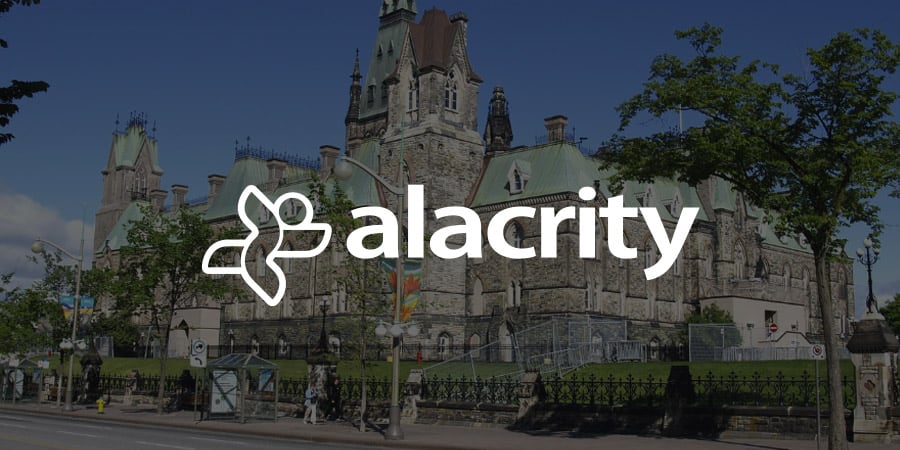
Further Insights on Growth Automation from Alacrity Global
April 1, 2018
Growth Automation software tools from industry leaders such as HubSpot, Marketo and others, enable the alignment of company marketing and sales resources and among many things, optimize inbound and outbound communication with the goal of converting contacts into customers. Essentially, they are designed to make marketing smarter.
Smarter marketing enhances customer engagement which in turn enhances the potential for lead conversion. It allows marketing activities to be targeted, even individualized with specific promotions and incentives, as established earlier in this issue. The net effect can be higher lead-closing rates in both direct and indirect sales.
Several companies implemented the software as ‘early adopters’ and have since disclosed that they did achieve such positive results, including GE Health, Panasonic, Nokia, ClearRisk and Vivonet. However, the technology chasm is being crossed rapidly now, and the market lead for these early converts is closing with it.
According to the Gartner Hype Cycle 2016 for Digital Marketing & Advertising, growth automation technologies can be expected to plateau in less than ten years, meaning they will become standard tools for businesses of all sorts by then. For example, that report characterized SaaS-based applications used to identify leads with a higher probability of purchasing as a solution already at the Peak of Expectation in the Hype Cycle, and therefore expected to plateau in 5 years or less. Another example, Data Management Platforms that support customer segmentation for improved targeting and optimization of digital advertising was already at the Early Mainstream state, as was Personalization Solutions that apply context about a user to help tailor content designed to maximize conversions. While many companies may be hearing about these terms and tools for the first time, many others are already racing to embrace and exploit them. And as even more join the gold rush, the market size for the tools is expected to grow to more than $7.0B USD by 2025.
This leveling of the competitive landscape by virtue of tools becoming more ubiquitous will put increased pressure on companies to get their strategies right for use of the technology — for engagement with their specific customers and lead opportunities. The following are three of the challenges to be faced in this regard:
- Breaking Through the Noise: Maturing of the growth automation market and the increasing use of the technologies will keep crowding the airwaves further with customer outreach. The ability to compete and deliver successful messaging will only become a more coveted skill.
- Overcoming the “Defenses” Against Growth Automation: As can be expected, customers will not merely sit back and allow themselves to be subjected to this increasing barrage of outreach, well intended as most of it may be. They will turn to counter-measures — tools marketed to help block, filter, minimize the unwanted effects of all but an approved subset of contact. Ad Blockers are one simple measure that are already in broad use, for example.
- Personalization: Effective personalization remains among the top challenges. Despite advances as noted in this issue, there are still difficulties in determining which channels best serve an audience and how best to tailor creative content for each of those channels. There are also challenges sourcing, normalizing and harvesting audience data for segmentation through these systems.
Vendors are aware of and constantly working on tools and techniques to overcome these and other challenges, looking to technologies such as Artificial Intelligence (AI) to improve their platform performance and help ensure they deliver long-term value. However, these platforms are tools to enhance growth strategies, but they are not a “strategy” in and of itself. The game will not be won by simply trying to “out-automate” the competition.
For many companies, customer engagement at the sales level in particular will remain a relationship business, requiring one-to-one human interaction to consummate deals. When looking to implement a new solution, larger enterprises generally have more complexity and cost/risk factors to consider than smaller enterprises. Larger procurements typically have higher budgets and longer sales cycles, requiring specialized skills or consultants in many cases to facilitate the full decision and deployment process.
In these cases, automation can definitely help vendors get to the direct engagement stage more quickly and efficiently, but at least as far as current technologies can be projected, it cannot secure the deal and many more like it. The need for well-prepared and equipped human resources to deliver personalized customer engagement will remain. However, there is no denying that those resources can be optimized and made more effective when strategically aligned with marketing automation campaigns and tools.
